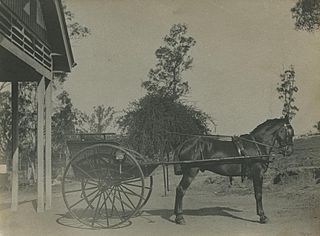When NASA’s Perseverance rover landed on Mars, it brought along Watson and Sherlock. Or WATSON and SHERLOC, anyway.

The Scanning Habitable Environments with Raman & Luminescence for Organics & Chemicals has a nickname: SHERLOC. Mounted on the rover’s robotic arm, SHERLOC uses cameras, spectrometers, and a laser to search for organics and minerals that have been altered by watery environments and may be signs of past microbial life. In addition to its black-and-white context camera, SHERLOC is assisted by WATSON, a color camera for taking close-up images of rock grains and surface textures.[…]
Dr. John H. Watson was Holmes’ partner in solving mysteries. WATSON the camera assists SHERLOC as it helps solve mysteries about life on Mars.
With its camera sidekick WATSON (Wide Angle Topographic Sensor for Operations and eNgineering), SHERLOC even has a modern version of the hand-lens magnifying glass used by the classic British detective!
NASA Science
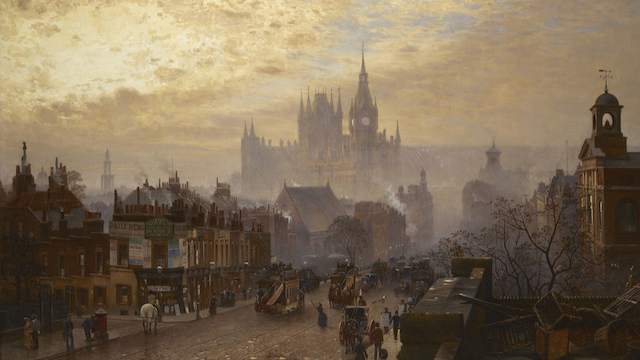
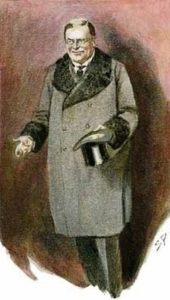
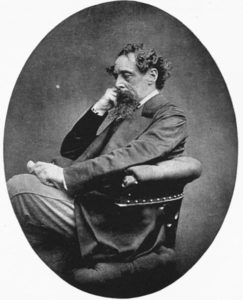

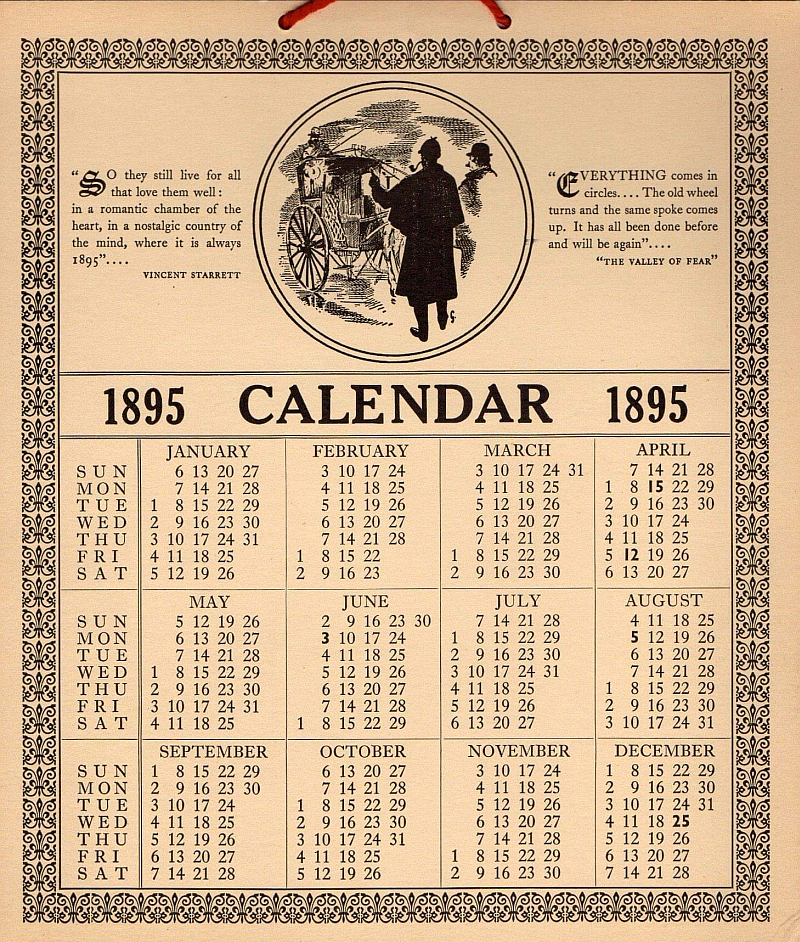



 “You’re the man we want to see. Where is Miss Violet Smith?” he said, in his quick, clear way.
“You’re the man we want to see. Where is Miss Violet Smith?” he said, in his quick, clear way.

